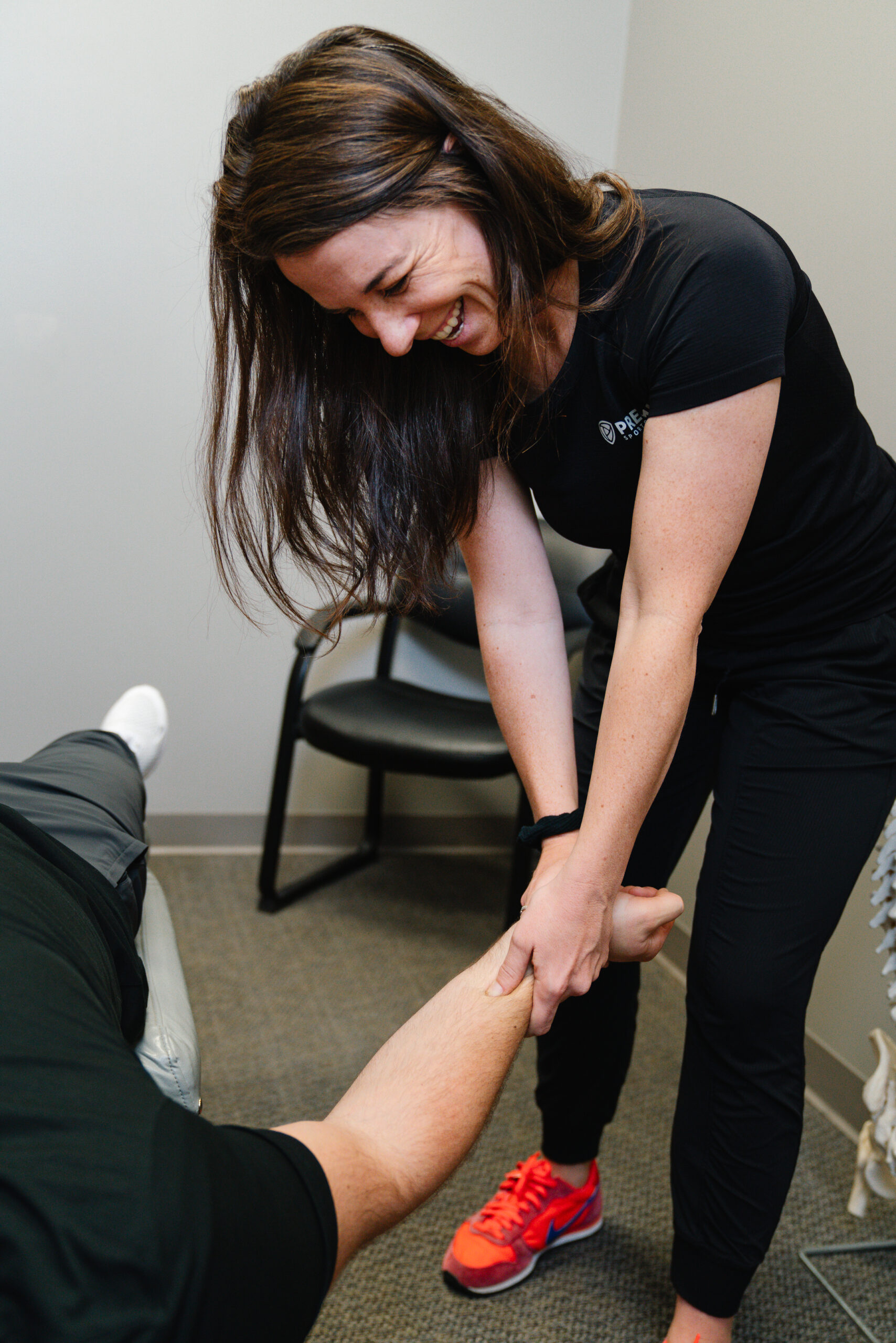conditions we treat
compartment syndrome
Compartment syndrome usually affects either the lower leg or the forearm.
These areas of the body are broken up into compartments by fascia and each compartment contains muscles, nerves, and arteries.
Pressure inside one of these compartments rises, causing inadequate blood flow, or nerve compression—and in some cases can be a limb-threatening emergency.
If the pain is severe, see a physician immediately.
Symptons of compartment syndrome may include:
- Aching, burning, or cramping in the affected limb
- Numbness or tingling
- Weakness of the affected limb
- Swelling in the affected limb
- Sudden, severe pain
If the pain is not severe and only occurs during exercise, treatment may include.
- Active Release Technique (ART)
- Cross-friction massage
- FAKTR-PM
- In some cases, surgical release
MAKE AN APPOINTMENT
Experiencing pain or instability? Get to the root of the problem and book a visit with our Edina sports chiropractors today.
What is acute compartment syndrome?
Acute compartment syndrome is a sudden and dramatic increase in the pressure of a compartment. The dramatic rise in pressure causes severe pain and compression of nerves and arteries.
Acute compartment syndrome can be a limb-threatening emergency and in severe cases needs to be corrected by surgically releasing the fascia that borders the compartment.
What is Chronic Exertional Compartment Syndrome (CECS)?
CECS is a chronic, non-emergency type of compartment syndrome that occurs when exercise increases the pressure inside a compartment and causes symptoms.
CECS usually follows this pattern:
- begins soon after (within 30 minutes) of starting exercise
- progressively worsens if you continue
- stops within 30 minutes of ending exercise
CECS often goes away if an athlete stops their aggravating activity but usually comes back no matter how long of a break an athlete takes.
Some cases of CECS will require a surgery called a fasciotomy where a small incision is cut in the fascia to relieve pressure. Depending on your condition, your sports chiropractor may prescribe a more conservative treatment approach, including deep tissue massage and additional specialized, less invasive techniques addressing the musculoskeletal system.
If you are experiencing symptoms of compartment syndrome, it’s important to receive a thorough evaluation from a sports chiropractic physician to rule out other causes of pain such as medial tibial stress syndrome or other conditions in the lower leg.
Get treatment
Still have questions?
If you have questions about whether a sports chiropractic clinic is right for you, give us a call or fill out our contact form.
Frequently asked questions
What can you expect from a visit with the sports chiropractors at Premier Sports & Spine? Read about what a visit entails in our FAQ.


